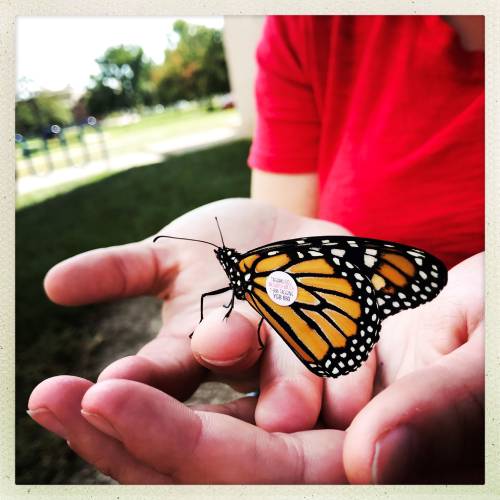by
User Not Found
| Aug 23, 2021
By Jenna Geise, '23
Monarch butterflies are one of the most famous butterfly species on the planet and are easily recognizable by their orange and black wing pattern. In addition to their iconic appearance, they are also famous for their migration patterns, traveling between 1,200-2,800 miles from the United States or Canada to forests in central Mexico, However, in recent years, there seems to be a decline in their population. Through the 2019-2020 wintering season, there was a 53% decrease in the butterfly population compared to previous years. This decline can partly be attributed to climate change, as winters in Mexico are slowly becoming colder and wetter, which is fatal to monarch butterflies. Climate change also reduces food availability.
Scientists can notice changes in a population as a result of tagging. When tagging a butterfly, scientists capture a butterfly using a large soft net, which will not harm the butterfly. They then gently fold the butterfly’s wings closed and perform an inspection to gather information about it. Once this is done, a tag is attached to the butterfly’s discal cell of their lower wing, which allows anyone surveying butterfly populations to gather information about their migration pattern. In the Nina Mason Pulliam EcoLab, we perform butterfly tagging to learn more about the population of monarch butterflies that visit the EcoLab, along with ways we can help them thrive despite our changing climate. This not only provides students with the opportunity to learn more about monarch butterflies in general but also provides the ability to learn more about population tracking as a whole, which applies to many careers in the scientific field. You can help conserve the monarch butterfly population by planting milkweed, which is the primary source of food for monarch caterpillars, and other native flowering plants that provide food for adult butterflies. You can also reduce the number of insecticides used in your yard. All of these things can greatly benefit other pollinators and species of wildlife as well.
For more information on monarch butterflies, check out these resources:
Monarch Watch
Journey North
World Wildlife Federation

